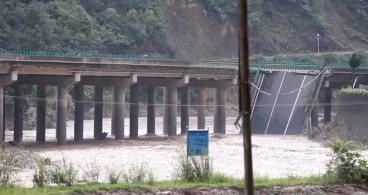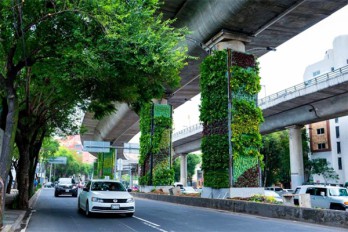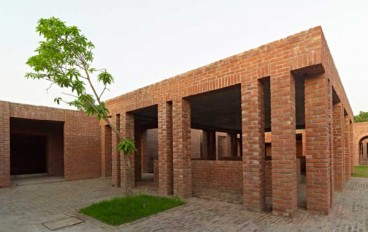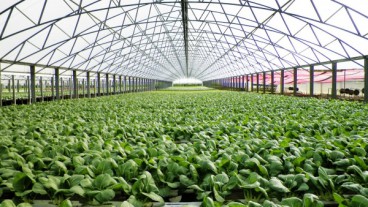Super Typhoon Yagi Causes Bridge Collapse in Northern Vietnam and Widespread Destruction


Sources: bbc.com, newsweek.com
Want to read more like this story?

Suspension bridge buckles under force of deadly super typhoon in Philippines
Nov, 11, 2025 | NewsIn the town of Camaligan, residents watched in horror as a 50-metre suspension bridge twisted viole...

Typhoon Lan causes flooding and landslides in Japan (video)
Oct, 25, 2017 | NewsThe typhoon struck Japan early Monday, October 23, causing widespread flooding and mudslides and lea...

Civil Engineering News Recap of September 2024
Oct, 03, 2024 | NewsYou can now find TheCivilEngineer.org's latest news recap video on YouTube, which includes what we...

Catastrophic Bridge Collapse in Shaanxi: 15 Dead Amidst Severe Flooding
Jul, 19, 2024 | NewsIn Shaanxi province, a bridge collapse tragically resulted in the deaths of at least 15 people. The...

Typhoon provokes floods and massive landslides in Philippines: 64 people dead
Sep, 19, 2018 | NewsThe north part of Philippines was struck by Super Typhoon Mangkhut which triggered ferocious floods...

Bridge Collapses in Bihar: A Wake-Up Call for Infrastructure Resilience
Aug, 13, 2024 | NewsIncreasing Incidents of Bridge Collapses in Extreme Weather The alarming frequency of bridge colla...

Outburst Flood from Barrier Lake Destroys Highway Bridge in Hualien
Sep, 23, 2025 | NewsSuper Typhoon Ragasa delivered extreme rainfall across eastern Taiwan, where a barrier lake that ha...
Typhoon Doksuri makes landfall in China after hitting Taiwan and Philippines
Aug, 01, 2023 | NewsTyphoon Doksuri made landfall in China’s eastern province of Fujian on Friday morning, after wreaki...

Typhoon Vamco devastates Philippines and advances to Vietnam
Nov, 16, 2020 | NewsNumerous people have been reported dead and many more missing in the Philippines due to the impact...
Trending

Vertical gardens in Mexico City to combat pollution

Characteristics of Load Bearing Masonry Construction

Taipei 101’s impressive tuned mass damper

Dutch greenhouses have revolutionized modern farming

The Line at Neom faces feasibility reassessment while construction continues

The Line at Neom faces feasibility reassessment while construction continues

King Salman Gate unveiled adjacent to Mecca’s Grand Mosque

